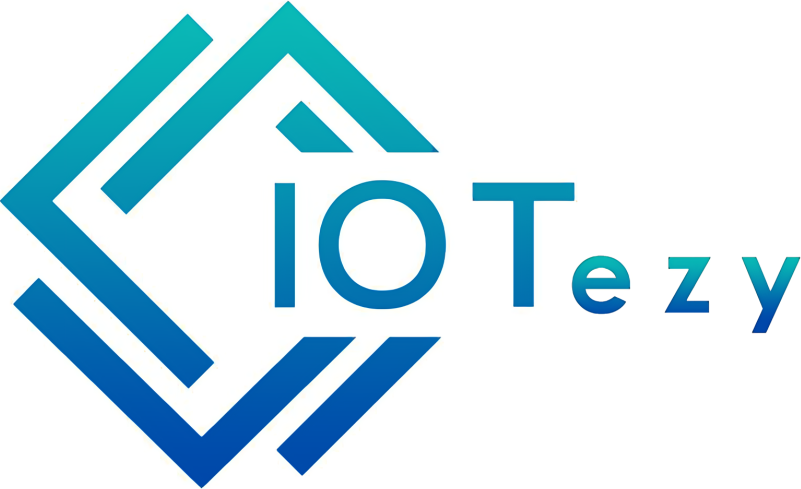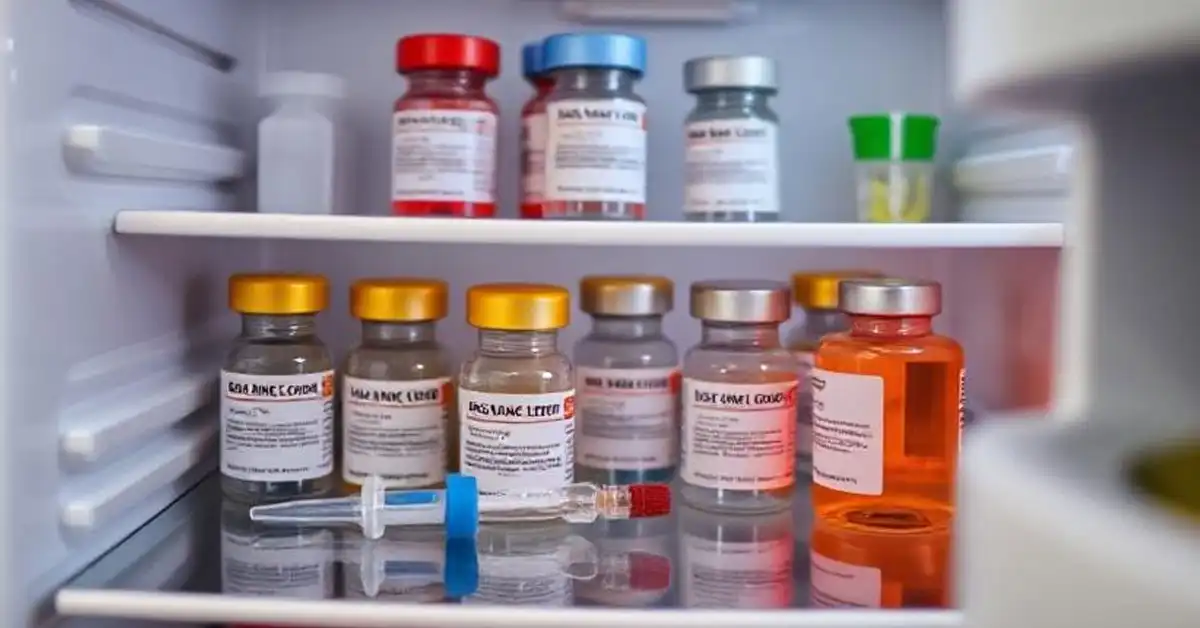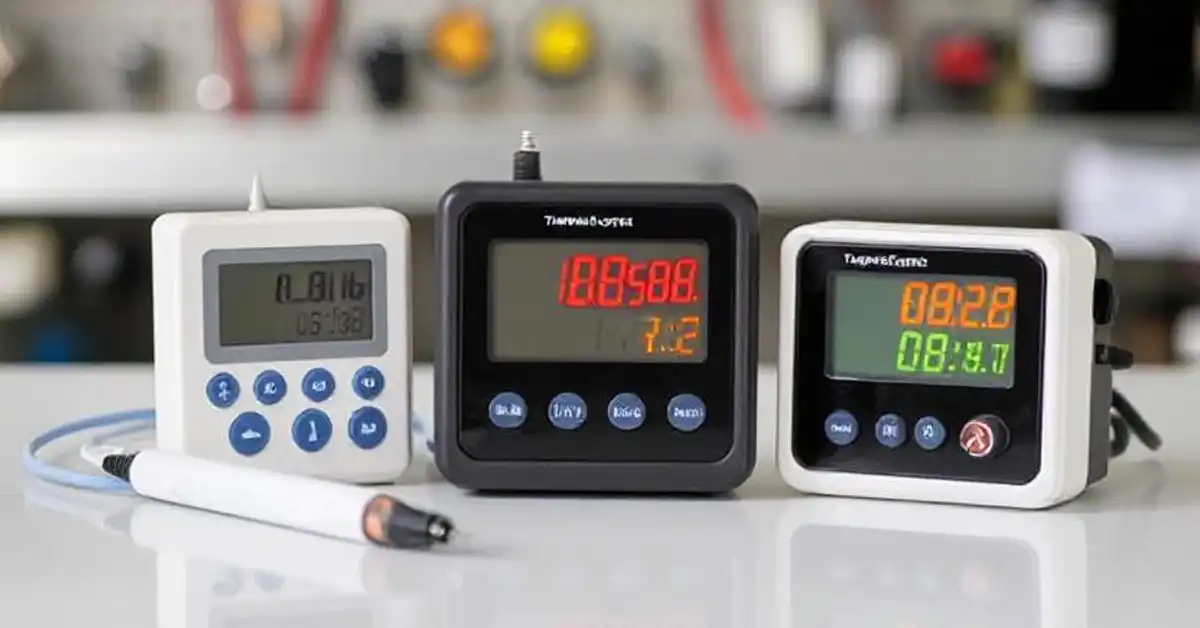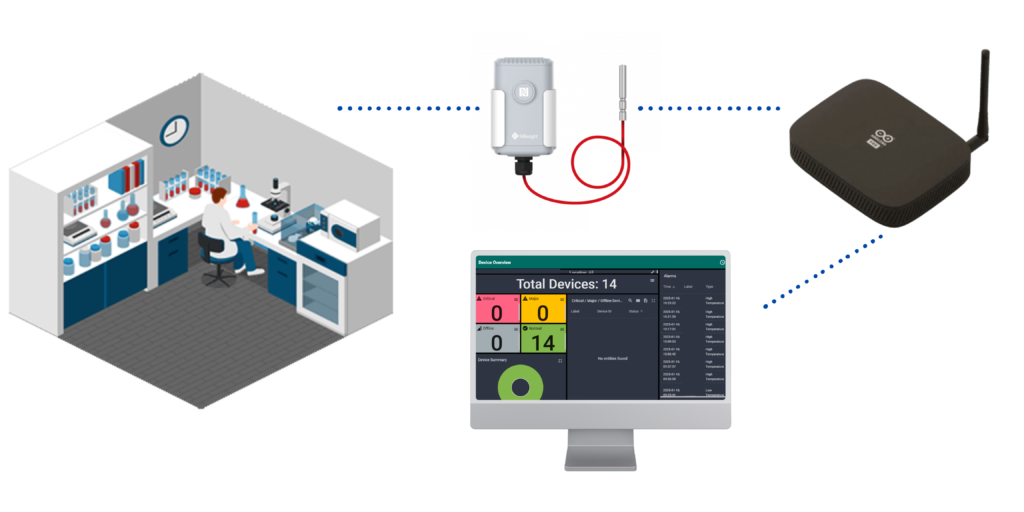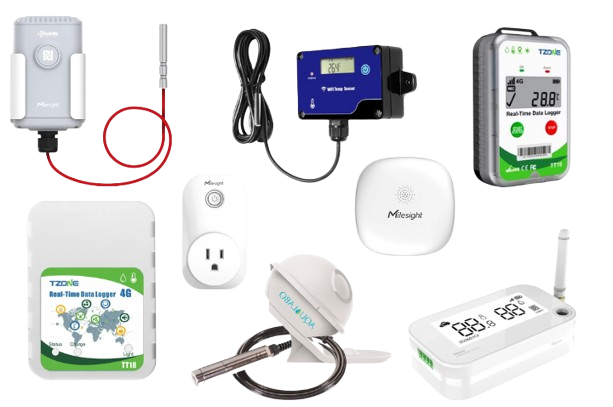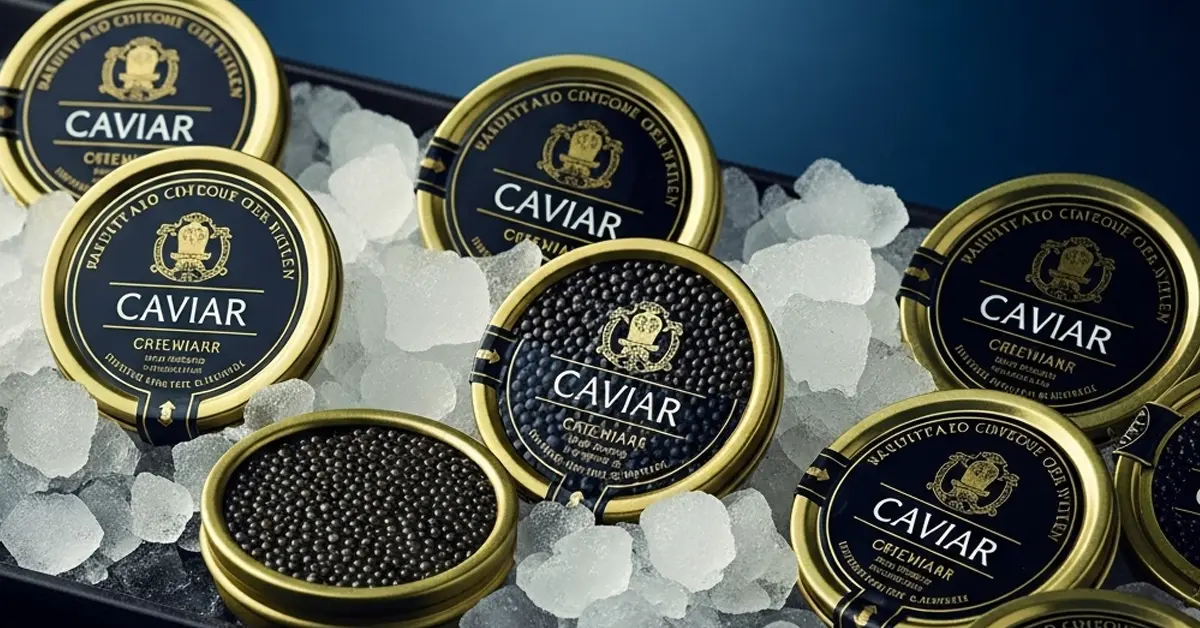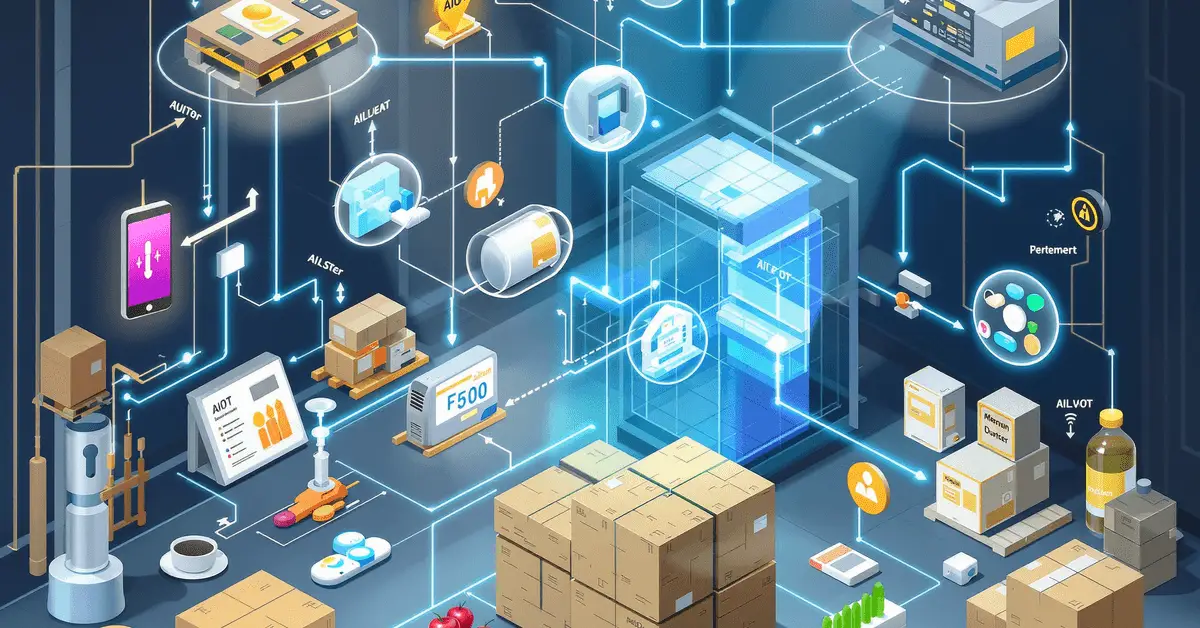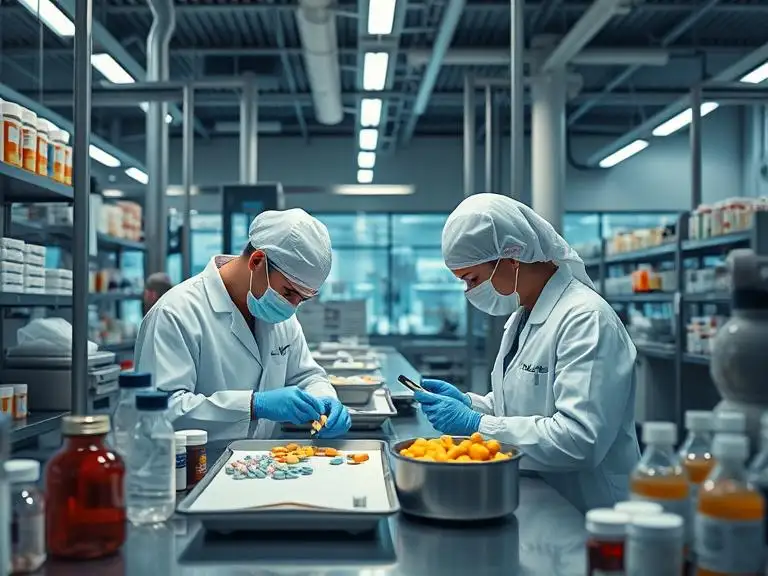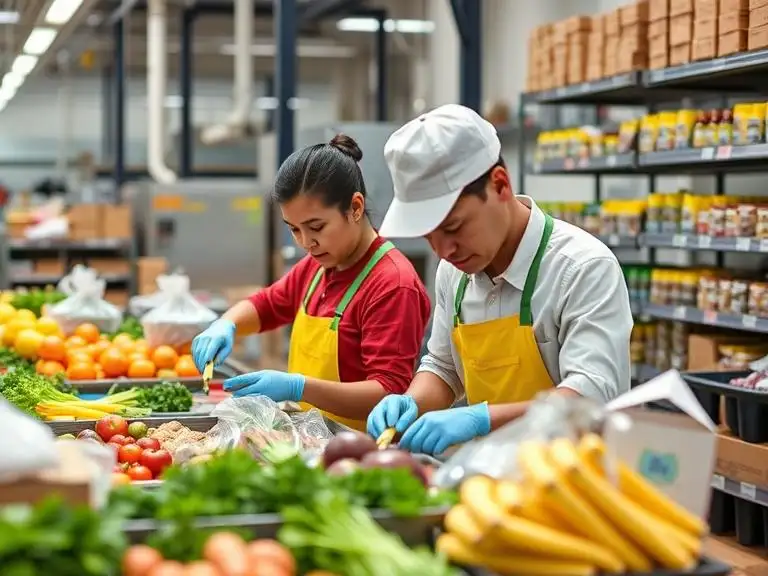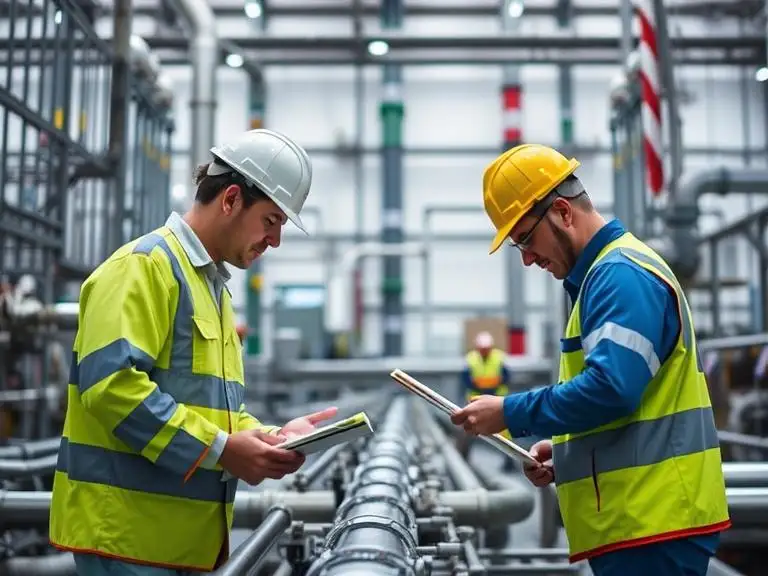IoT Solutions for Vaccine Cold Chain Compliance
Ensuring vaccines remain within precise temperature ranges during storage and transportation is not just good practice — it’s a regulatory requirement. From national immunization programs to global pharmaceutical logistics, the need for reliable, real-time environmental monitoring is critical.
This is where IoT-powered cold chain solutions are transforming how we manage vaccine safety and compliance.
What Is the Vaccine Cold Chain?
The vaccine cold chain refers to a temperature-controlled supply chain that includes all storage and transport stages — from manufacturing to point-of-care delivery. For most vaccines, the acceptable range is between 2°C and 8°C. Any breach can compromise potency and effectiveness, putting lives at risk.
Maintaining this range is especially challenging in regions with unreliable infrastructure, last-mile delivery gaps, or inconsistent manual monitoring.
The Compliance Challenge
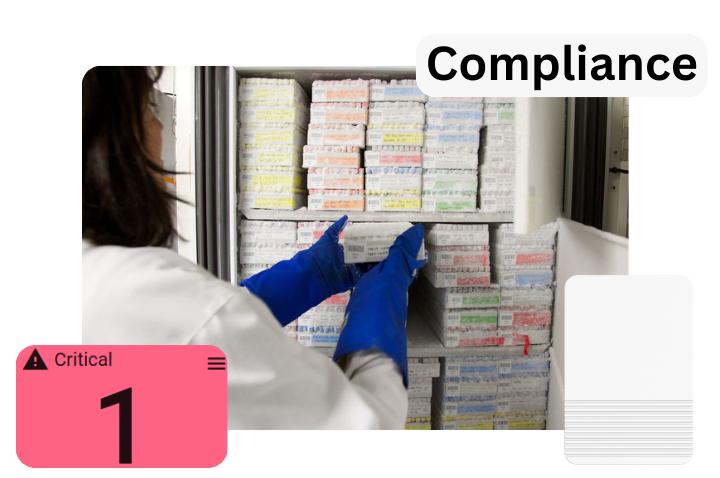
Authorities such as:
…require strict documentation, traceability, and real-time response to temperature excursions.
Manual logs, paper-based checklists, and reactive troubleshooting simply aren’t enough anymore. Regulatory bodies now expect digital records, instant alerts, and preventive visibility — all of which are perfectly suited to IoT systems.
How IoT Solves Cold Chain Compliance Challenges
1. Real-Time Temperature Monitoring
IoT sensors continuously capture and transmit temperature data from freezers, transport boxes, and storage units. This provides:
2. Automated Alerts & Escalations
If temperatures breach the safe zone, the system sends alerts via SMS, email, or app notifications. This enables:
3. Digital Data Logging for Audits
IoT systems eliminate manual data entry and provide:
4. Last-Mile Tracking
With GPS + temperature-enabled IoT devices, you can monitor:
Key Features of an IoT Cold Chain Compliance Solution
|
Feature |
Benefit |
|
Wireless temperature sensors |
No need for wired setup; easy retrofitting |
|
Cloud-based dashboard |
Centralized, remote visibility across multiple locations |
|
Battery backup |
Ensures uptime during power outages or mobile transit |
|
Data encryption & backup |
Compliant with digital record-keeping regulations |
|
Multi-site alert management |
Escalation routing across teams and regions |
Why IoT Is a Game-Changer for Vaccine Programs
IOT-ezy’s IoT Cold Chain Monitoring Solution
We offer a fully integrated IoT platform for vaccine cold chain compliance, designed with the unique needs of healthcare, pharmaceutical logistics, and immunization campaigns in mind.
Our solution includes:
✅ Trusted by healthcare providers and vaccine logistics operators across Asia.
Real-World Example
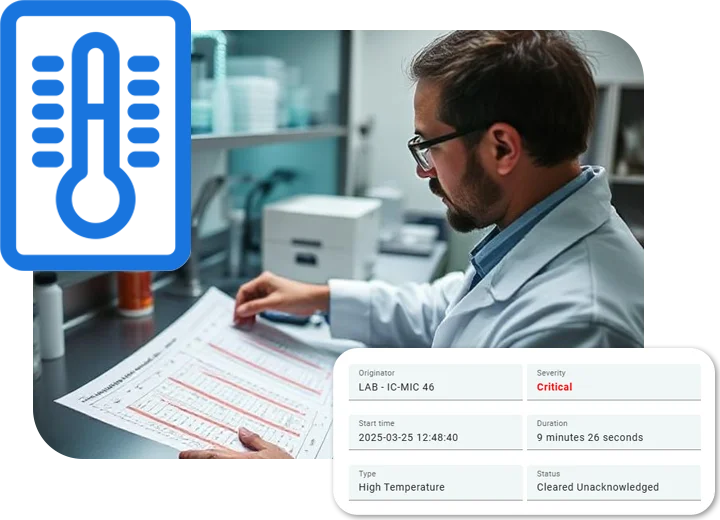
A leading oncology care center in Singapore achieved a 92% reduction in product compromise incidents after replacing manual logs with IOT-ezy’s smart monitoring system. The solution enabled them to generate temperature history logs for health authorities and significantly boosted delivery confidence across multiple clinics island-wide.
Compliance Made Easy
Our system supports:
Get a Free Demo
Reach out to us for your data logging needs!
